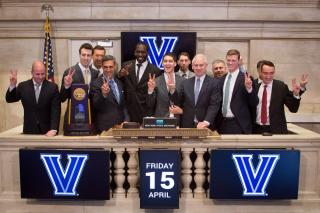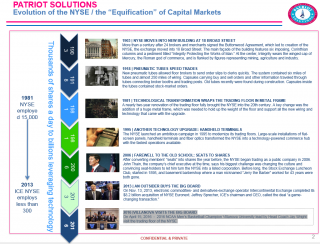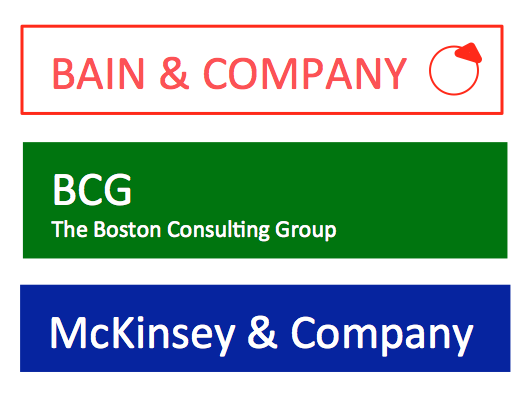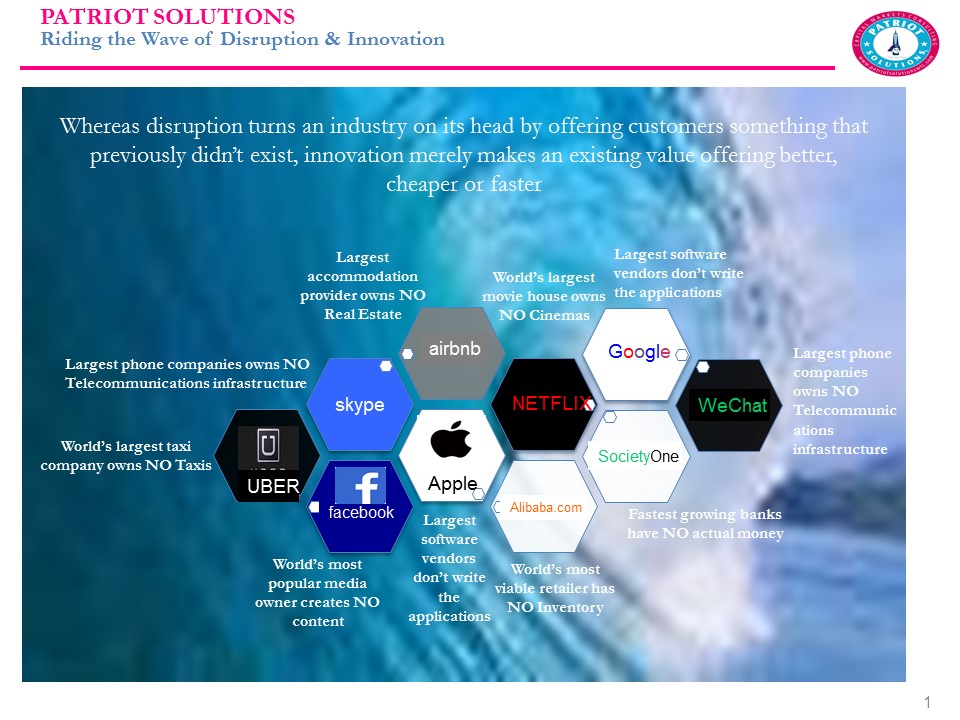Evolution of the NYSE / the “Equification” of the Capital Markets

1903 | NYSE MOVES INTO NEW BUILDING AT 18 BROAD STREET
More than a century after 24 brokers and merchants signed the Buttonwood Agreement, which led to creation of the NYSE, the exchange moved into 18 Broad Street. The main façade of the building features six imposing, Corinthian columns and a pediment titled “Integrity Protecting the Works of Man.” At the center, Integrity wears the winged cap of Mercury, the Roman god of commerce, and is flanked by figures representing mining, agriculture and industry.

1918 | PNEUMATIC TUBES SPEED TRADES
New pneumatic tubes allowed floor brokers to send order slips to clerks quickly. The system contained six miles of tubes and almost 250 miles of wiring. Capsules carrying buy and sell orders and other information traveled through tubes connecting broker booths and trading posts. Old tubes recently were found during construction. Capsules inside the tubes contained stock-market orders.

1981 | TECHNOLOGICAL TRANSFORMATION WRAPS
THE TRADING FLOOR IN METAL FRAME
A nearly two-year renovation of the trading floor fully brought the NYSE into the 20th century. A key change was the addition of a huge metal frame, which was needed to hold up the weight of the floor and support all the new wiring and technology that came with the upgrade.

1995 | ANOTHER TECHNOLOGY UPGRADE: HANDHELD TERMINALS
The NYSE launched an ambitious campaign in 1995 to modernize its trading floors. Large-scale installations of flat-screen panels, handheld terminals and fiber optics transformed the NYSE into a technology-powered commerce hub with the fastest operations available.

2006 | FAREWELL TO THE OLD SCHOOL: SEATS TO SHARES
After converting members’ “seats” into shares the year before, the NYSE began trading as a public company in 2006. John Thain, the company’s chief executive at the time, says his biggest challenge was changing the culture and convincing seat-holders to let him turn the NYSE into a listed corporation. Before long, the Stock Exchange Luncheon Club, started in 1898, and basement barbershop where a man nicknamed “Jerry the Barber” worked for 43 years were both gone.

 212-220-6776
212-220-6776














